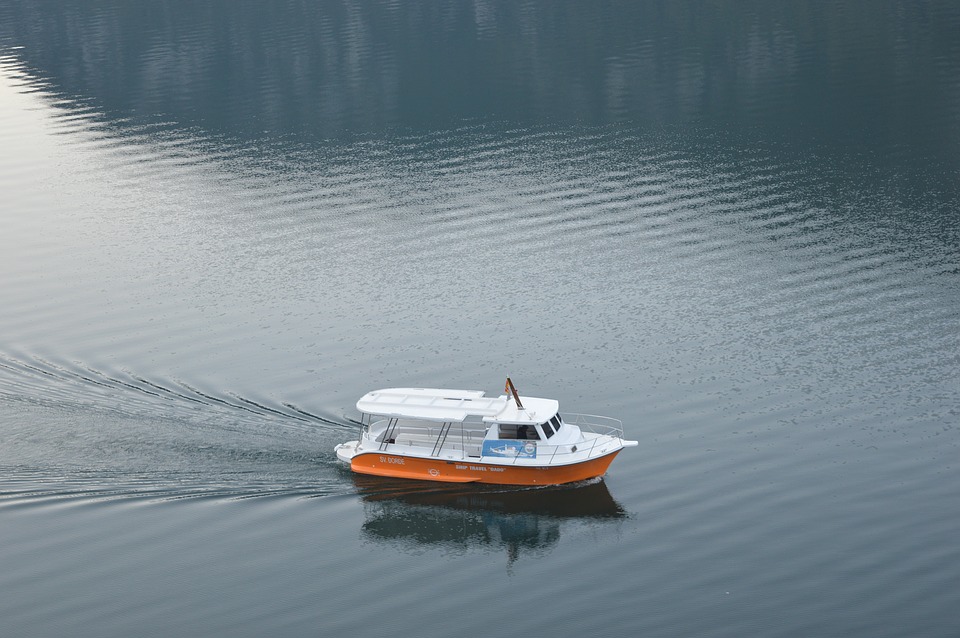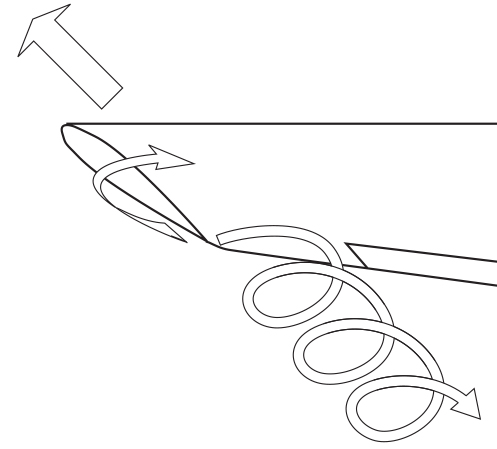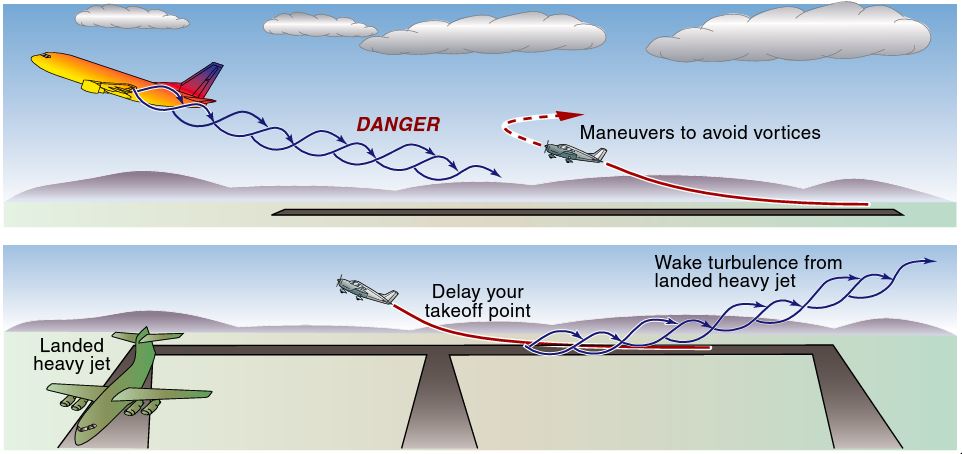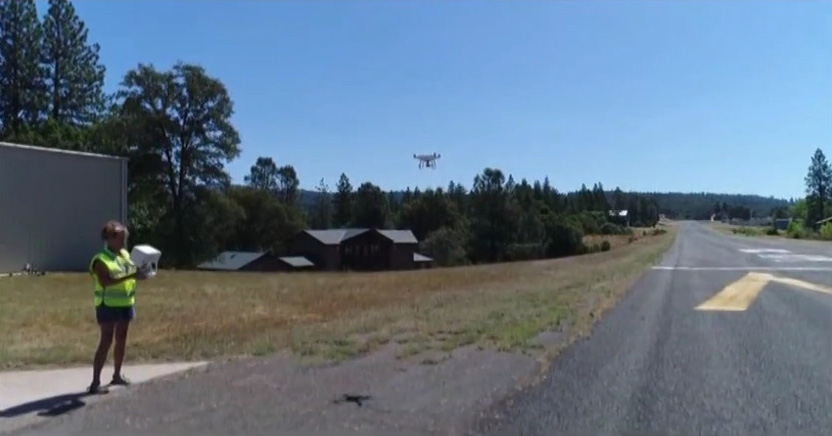Today we are going to take a look at wake turbulence, which is the disturbed air left behind an airplane. Why you may ask is this important to us? This disturbed air left behind an aircraft can form tornado like vortices that are dangerous to all aircraft, particularly smaller general aviation aircraft operating behind a larger and heavier aircraft.
I’m sure you have heard of the term wake before, especially if you are a boater. A boats wake is very similar in nature to that of an aircraft. You can see from the image below as the boat motors along it displaces the water leaving behind a wake in the form of waves which spread in an outward direction.
An aircraft’s wake is similar but differs in some characteristics and in the fact that typically wake turbulence created by an aircraft is not visible.
All aircraft leave two types of wake turbulence: Prop or jet blast, and wing-tip vortices.
Prop or jet blast is the thrust stream created by the engine. You will encounter this type of wake on the ground and is hazardous to light aircraft behind large aircraft which are either taxiing or running-up their engines. In the air, jet or prop blast dissipates rapidly.
Wing-tip vortices are a by-product of lift. As a wing produces lift, the higher static pressure area beneath the wing causes airflow around the wingtip to the lower pressure area above. To simplify the high pressure below the wing which creates lift wants to equalize with the lower pressure above the wing. The shortest point for the high pressure to move to the lower pressure area above the wing is at the wing tip. This high pressure moves outward, upward and around each wing-tip. However, because the wing and aircraft itself are moving, by the time the high pressure circulates around the tip to the top, the wing is now gone. This in turn creates vortices that trail behind each wing tip as seen in this image.
The strength of a vortex is governed by the weight, speed, and the shape of the wing of the generating aircraft. Maximum vortex strength occurs when the generating aircraft is heavy, clean, and slow. A heavy, clean, and slow aircraft will require a greater angle of attack (AoA) to great sufficient lift, as the AoA increases so does the pressure differential. The greater the pressure differential the stronger the vortice.
Vortices generated by large aircraft in flight tend to sink below the flight path of the generating aircraft at a rate of about 500 feet per minute. A pilot should fly at or above the larger aircraft’s flight path in order to avoid the wake turbulence created by the wing-tip vortices. Over time the vortices also tend to move apart and will drift downwind of the aircraft flight path. A common rule of thumb is to fly above and upwind of the path of other aircraft.
Close to the ground, vortices tend to move laterally. A crosswind will tend to hold the upwind vortex over the landing runway, while a tailwind may move the vortices of a preceding aircraft forward into the touchdown zone. Research has also shown that as vorticies come in contact striking the gorund that have a tendency to “bounce” back up as much as 250 feet.
To avoid wake turbulence when landing, a pilot should note the point where a preceding large aircraft touched down and then land past that point.
On takeoff, lift off should be accomplished prior to reaching the rotation point of a preceding departing large aircraft; the flight path should then remain upwind and above the preceding aircraft’s flight path. If departing behind a landing large aircraft delay your takeoff point to a spot past where the landing aircraft touched down.
1. When landing behind a large aircraft, the pilot should avoid wake turbulence by staying
A—above the large aircraft’s final approach path and landing beyond the large aircraft’s touchdown point.
B—below the large aircraft’s final approach path and landing before the large aircraft’s touchdown point.
C—above the large aircraft’s final approach path and landing before the large aircraft’s touchdown point.
2. When departing behind a heavy aircraft, the pilot should avoid wake turbulence by maneuvering the aircraft
A—below and downwind from the heavy aircraft.
B—above and upwind from the heavy aircraft.
C—below and upwind from the heavy aircraft.
.
.
.
.
1. When landing behind a large aircraft stay at or above the large aircraft’s final approach path. Note its touchdown point and land beyond it.
Answer (B) is incorrect because below the flight path, you will fly into the sinking vortices generated by the large aircraft. Answer (C) is incorrect because by landing before the large aircraft’s touchdown point, you will have to fly below the preceding aircraft’s flight path, and into the vortices.
2. When departing behind a large aircraft, note the large aircraft’s rotation point, rotate prior to it, continue to climb above it, and request permission to deviate upwind of the large aircraft’s climb path until turning clear of the aircraft’s wake.









